Home>Garden Essentials>How To Keep Dogs Out Of Child’s Play Area
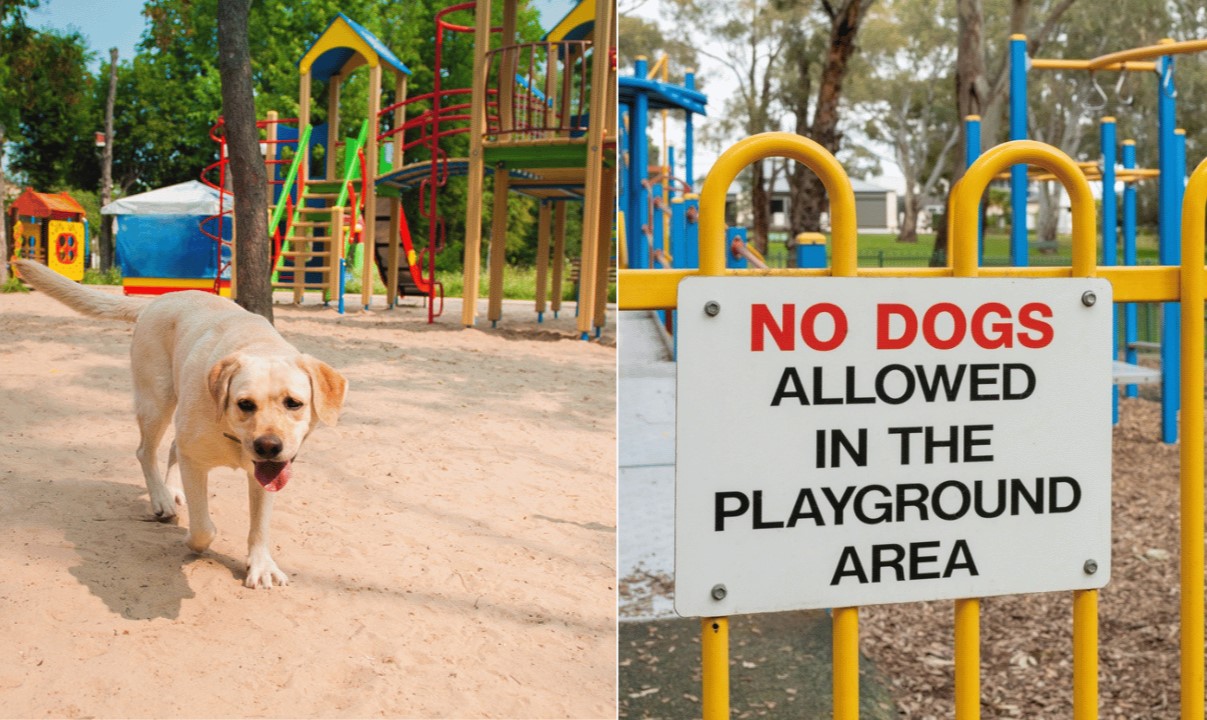

Garden Essentials
How To Keep Dogs Out Of Child’s Play Area
Modified: December 12, 2023
Learn effective ways to keep dogs out of your child's play area in the garden. Discover practical tips and solutions to create a safe and enjoyable space for your kids.
(Many of the links in this article redirect to a specific reviewed product. Your purchase of these products through affiliate links helps to generate commission for Storables.com, at no extra cost. Learn more)
Introduction
Creating a safe and enjoyable play area for your children is a top priority for any parent or guardian. However, this task can become more challenging when you have a furry friend who is equally eager to join in on the fun. Dogs, with their boundless energy and curiosity, may inadvertently intrude upon the designated child's play area, potentially causing disruptions or safety concerns. Fortunately, there are several effective strategies to keep dogs out of this space while still ensuring they feel included and cared for.
In this comprehensive guide, we will explore various methods to maintain a harmonious balance between your child's play area and your canine companion. From setting up physical barriers to implementing positive reinforcement training techniques, we will cover everything you need to know to create a secure and enjoyable environment for both your children and your beloved pet. Let's delve into these practical and compassionate solutions, allowing your family to relish every moment of playtime without any unnecessary worries or interruptions.
Key Takeaways:
- Create a safe play area by using gates, playpens, and fences to keep dogs out. Train your dog with positive reinforcement and supervise playtime to ensure a harmonious environment for kids and pets.
- Use pet-safe repellents and motion-activated devices to deter dogs from entering play areas. Supervise playtime and encourage positive interactions between kids and dogs for a secure and inclusive environment.
Read more: How To Build A Child Play Area Fence
Setting Up Physical Barriers
When it comes to delineating boundaries within your home, physical barriers serve as a tangible and effective means of demarcating spaces. In the context of keeping dogs out of your child’s play area, these barriers not only prevent unauthorized entry but also offer a visual cue for both your dog and your child to understand their respective territories.
One of the simplest and most commonly used physical barriers is a sturdy baby gate. By strategically placing a gate at the entrance to the play area, you can create a clear separation between the children’s space and the rest of the house, effectively dissuading your dog from wandering in. Opt for a gate with a latch or lock that is out of your dog’s reach, ensuring that it remains securely closed.
Another effective physical barrier is a playpen or exercise pen designed for dogs. By enclosing your dog within this designated area, you can provide them with their own safe and enjoyable space while preventing them from encroaching on the children’s play area. This approach allows your dog to remain nearby, fostering a sense of inclusion and companionship without compromising the safety of the play area.
For outdoor play areas, installing a fence around the perimeter can effectively establish boundaries for both your dog and your children. Ensure that the fence is of sufficient height and durability to prevent your dog from jumping over or breaching it. Additionally, consider adding a separate entrance or pathway for your dog to access their own outdoor space, further reinforcing the distinction between the play area and your dog’s area.
By implementing these physical barriers, you can create a clear and secure environment that respects the boundaries of both your children and your dog. These measures not only promote safety and order but also contribute to a harmonious coexistence between your family members, human and canine alike.
Training Your Dog
While physical barriers provide a tangible means of separating spaces, proactive training can empower your dog to understand and respect the boundaries of your child’s play area. By employing positive reinforcement techniques and consistent guidance, you can instill the necessary behaviors that will help your dog coexist harmoniously with your children.
Begin by teaching your dog basic obedience commands such as “sit,” “stay,” and “leave it.” These commands form the foundation for managing your dog’s behavior around the play area. Practice these commands in various settings, gradually introducing distractions to simulate the presence of the play area. Reward your dog with treats, praise, and affection when they demonstrate the desired behaviors, reinforcing their understanding of your expectations.
As your dog becomes proficient in responding to basic commands, incorporate specific cues related to the play area. For instance, use a distinct command, such as “go to your spot,” to encourage your dog to move to their designated area when the children are playing. Consistently associating this command with positive experiences and rewards will reinforce the idea that the play area is off-limits to them during playtime.
Consistency is paramount when training your dog. Establish clear rules regarding access to the play area and ensure that all family members adhere to these guidelines. By maintaining a unified approach, you can effectively communicate expectations to your dog and minimize confusion regarding their boundaries.
It’s important to note that training should always be conducted with patience and empathy. Avoid using punitive measures or scolding, as these approaches can create anxiety and undermine the trust between your dog and your family. Instead, focus on rewarding desirable behaviors and redirecting any inadvertent intrusions with gentle guidance.
By investing time and effort in training your dog, you can cultivate a respectful and cooperative dynamic within your home. This proactive approach not only enhances the safety of the play area but also fosters a positive and enriching relationship between your dog and your children, ultimately creating a nurturing environment for all members of your family.
Create a physical barrier like a fence or gate around the play area to keep dogs out. Make sure it’s tall enough and has no gaps for them to squeeze through.
Using Repellents
In addition to physical barriers and training, incorporating repellents can serve as a supplementary measure to discourage your dog from entering the child’s play area. These repellents can be utilized indoors and outdoors, providing an extra layer of deterrence while ensuring the safety and cleanliness of the play space.
For indoor play areas, consider using pet-safe deterrent sprays. These sprays emit a scent that is unpleasant to dogs, deterring them from approaching or lingering near the sprayed areas. When applying these sprays, focus on the perimeters of the play area and any specific entry points that your dog may attempt to access. It’s important to choose products that are non-toxic and safe for both children and pets, ensuring that the repellents serve their purpose without posing any health risks.
Outdoor play areas can benefit from natural repellents such as citrus peels, vinegar, or cayenne pepper sprinkled around the perimeter. These natural deterrents emit odors or flavors that dogs find unappealing, dissuading them from venturing too close to the play area. When using natural repellents, be mindful of the placement to prevent any contact with the children’s play equipment or toys.
In addition to scent-based repellents, physical deterrents such as motion-activated devices can effectively discourage your dog from approaching the play area. These devices emit a harmless burst of air or sound when triggered by motion, creating a deterrent effect without causing any discomfort to your dog. When strategically positioned near the boundaries of the play area, these devices can help reinforce the notion that the area is off-limits to your dog.
It’s important to regularly assess the effectiveness of repellents and make adjustments as needed. While repellents can be a valuable tool in managing your dog’s behavior around the play area, they should be used in conjunction with other strategies such as training and supervision. By combining these approaches, you can create a comprehensive and supportive environment that promotes the well-being of both your children and your dog.
Supervising Playtime
While implementing physical barriers, training, and repellents can significantly contribute to creating a secure play area for your children, proactive supervision remains an essential aspect of maintaining a safe and enjoyable environment. By actively monitoring playtime and interactions between your dog and your children, you can promptly address any potential issues and ensure that both parties can coexist harmoniously.
When the children are engaged in play within the designated area, make a habit of actively supervising their activities, particularly when your dog is present. By maintaining a watchful eye, you can intervene if your dog shows any signs of approaching the play area or if the children inadvertently encroach upon your dog’s space. This proactive approach allows you to prevent any potential conflicts or disruptions before they escalate.
Encourage positive interactions between your dog and your children during playtime. Engage in activities that involve both parties, such as gentle fetch games or supervised play sessions. By fostering positive experiences and shared playtime, you can strengthen the bond between your dog and your children while promoting a sense of inclusivity within the family dynamic.
It’s important to educate your children about respectful and considerate behavior around your dog. Teach them to approach and interact with the dog calmly and gently, emphasizing the importance of mutual respect. By instilling these principles, you can empower your children to engage with your dog in a manner that is safe and conducive to a positive relationship.
Supervision also extends to the maintenance of the play area itself. Regularly inspect the area for any potential hazards or items that may attract your dog’s attention. By promptly addressing any safety concerns and ensuring that the play area remains tidy and secure, you can minimize the likelihood of any unintended interactions between your dog and the play space.
By actively supervising playtime and fostering positive interactions, you can create a nurturing and secure environment where your children and your dog can coexist harmoniously. This proactive approach not only enhances safety but also contributes to a supportive and enriching atmosphere for all members of your family.
Read more: How To Keep Weeds Out Of Kids Play Area
Conclusion
Creating a child’s play area that is both inviting and secure, while also accommodating the needs of your beloved dog, is a multifaceted endeavor that requires a thoughtful and compassionate approach. By combining physical barriers, proactive training, repellents, and vigilant supervision, you can establish a harmonious balance that ensures the safety and well-being of both your children and your canine companion.
It’s essential to recognize that each of these strategies plays a complementary role in creating an environment where your children can play freely and your dog can coexist respectfully. Physical barriers offer a clear delineation of spaces, providing a visual and tangible reminder of boundaries. Training your dog using positive reinforcement techniques fosters understanding and cooperation, enabling them to navigate the household dynamics with confidence and respect.
Supplementing these measures with repellents adds an additional layer of deterrence, helping to reinforce the boundaries of the play area. Whether indoors or outdoors, these repellents serve as a gentle reminder to your dog while maintaining the cleanliness and safety of the play space. Finally, proactive supervision not only ensures a safe play environment but also fosters positive interactions and mutual respect between your children and your dog.
By embracing these strategies with patience, empathy, and consistency, you can cultivate a nurturing and inclusive atmosphere within your home. This approach not only safeguards the play area but also enriches the relationships between your children and your dog, fostering a sense of understanding, trust, and companionship.
Ultimately, the goal is to create an environment where both your children and your dog can thrive, play, and coexist harmoniously. By implementing these strategies with care and dedication, you can achieve a harmonious balance that allows your family to cherish every moment of playtime without unnecessary worries or interruptions.
With a thoughtful combination of physical boundaries, positive reinforcement, repellents, and vigilant supervision, you can create a secure and inviting play area where your children can explore, learn, and play freely, while your dog enjoys their own designated space within the family’s dynamic. This holistic approach not only prioritizes safety but also fosters a sense of unity and mutual respect, ultimately enriching the bond between your children and your cherished canine companion.
Frequently Asked Questions about How To Keep Dogs Out Of Child's Play Area
Was this page helpful?
At Storables.com, we guarantee accurate and reliable information. Our content, validated by Expert Board Contributors, is crafted following stringent Editorial Policies. We're committed to providing you with well-researched, expert-backed insights for all your informational needs.
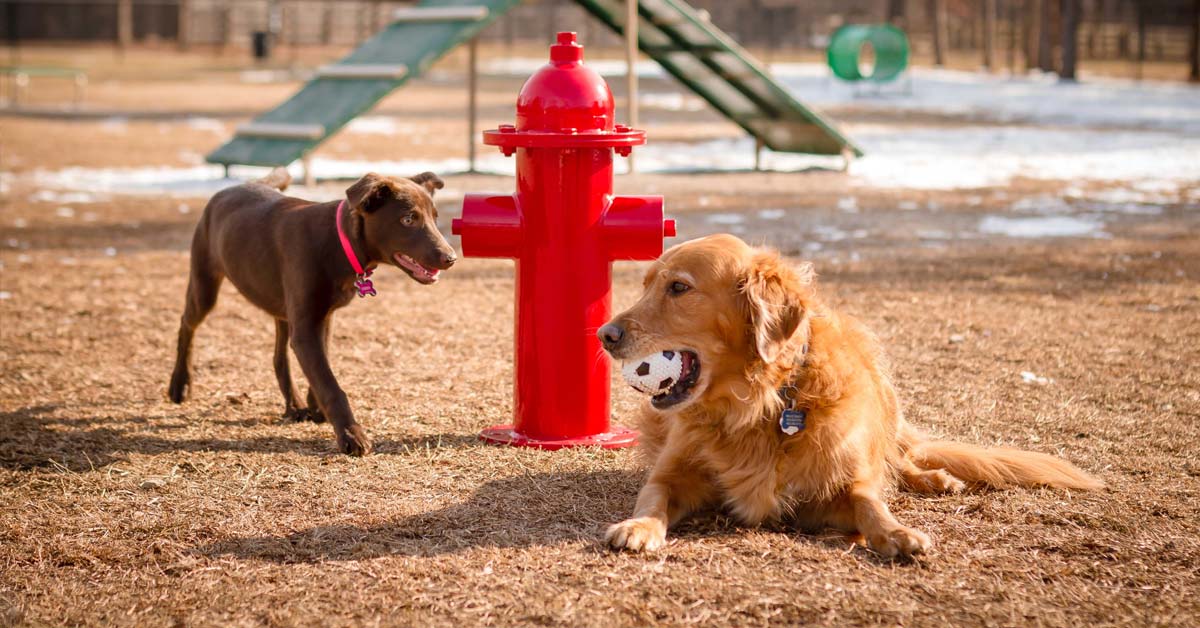
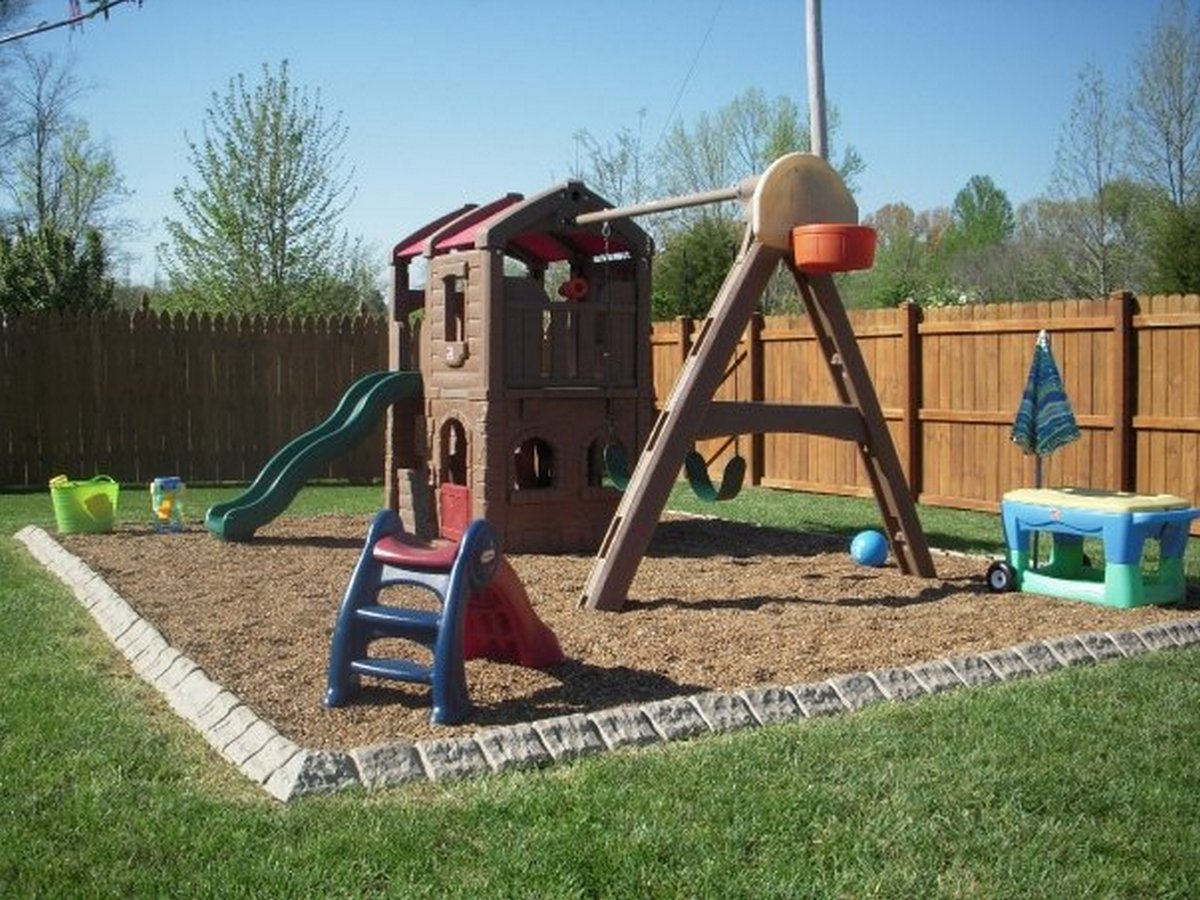
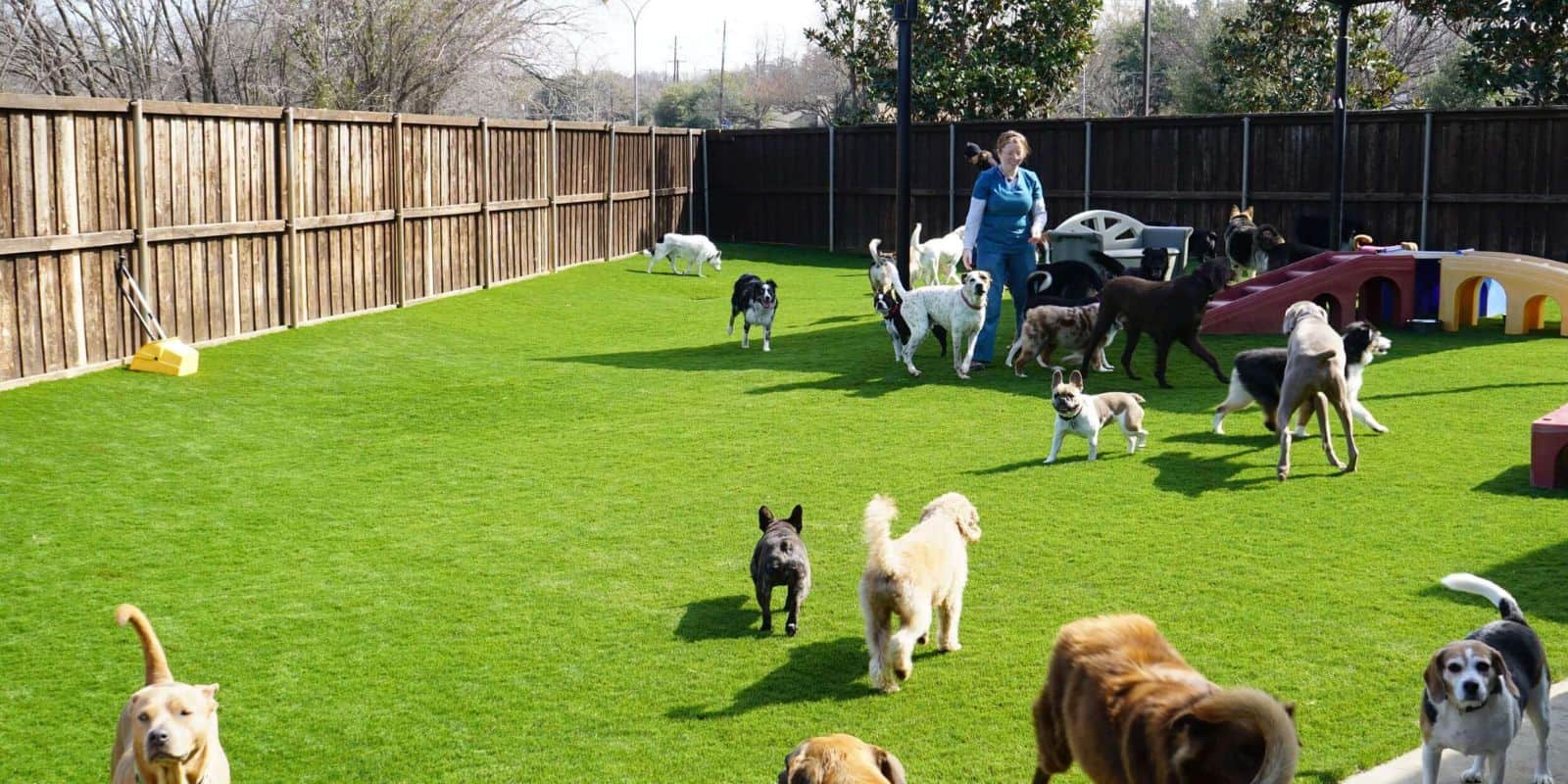
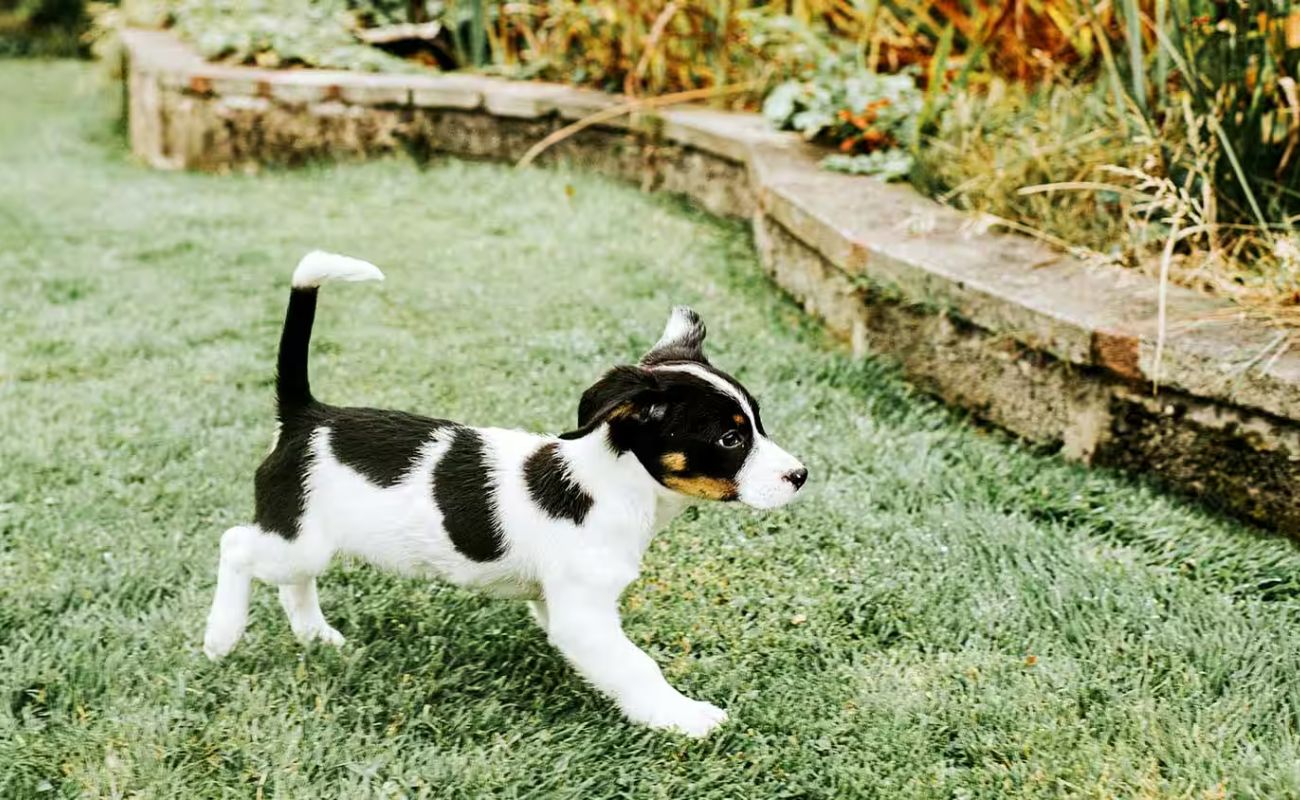
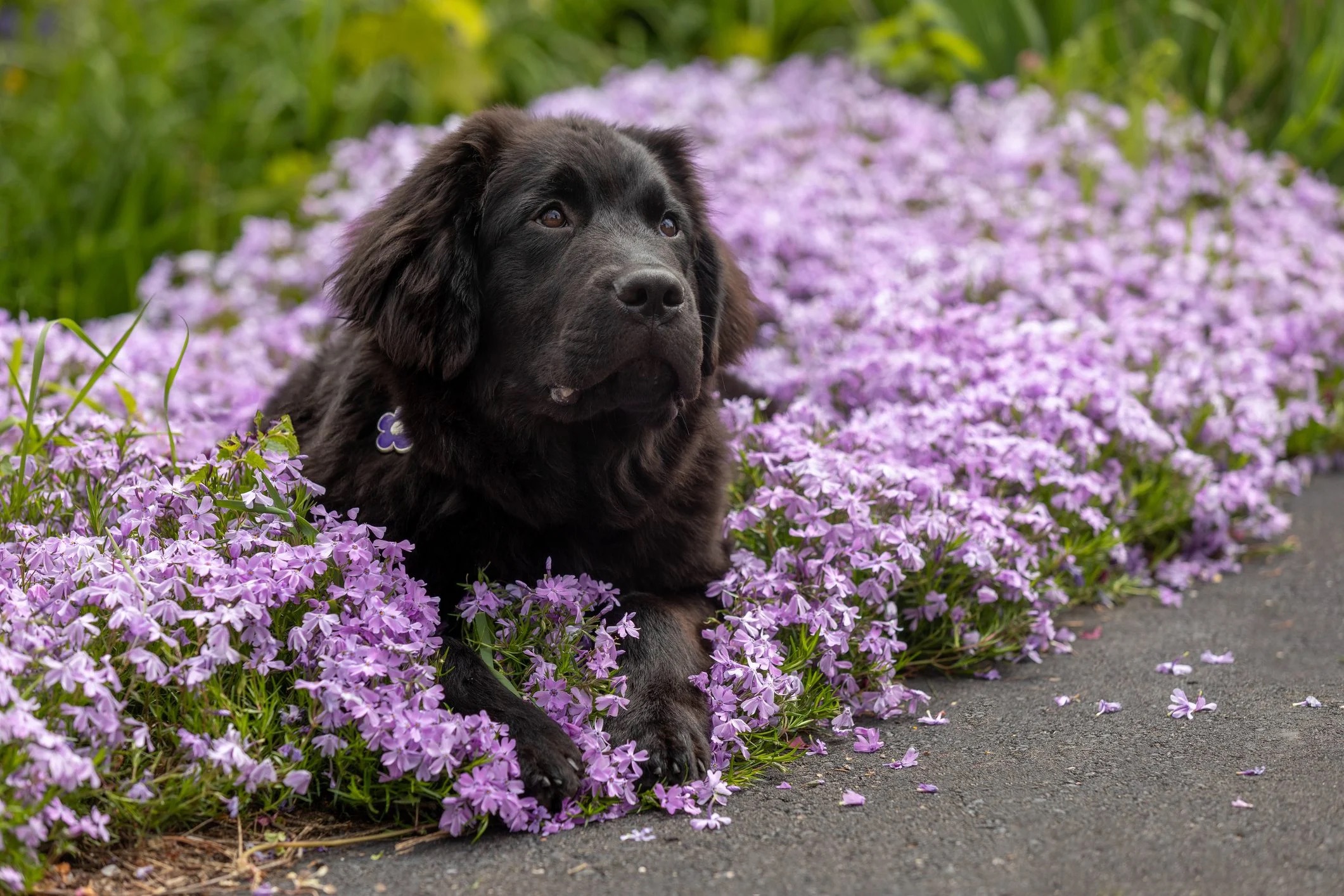
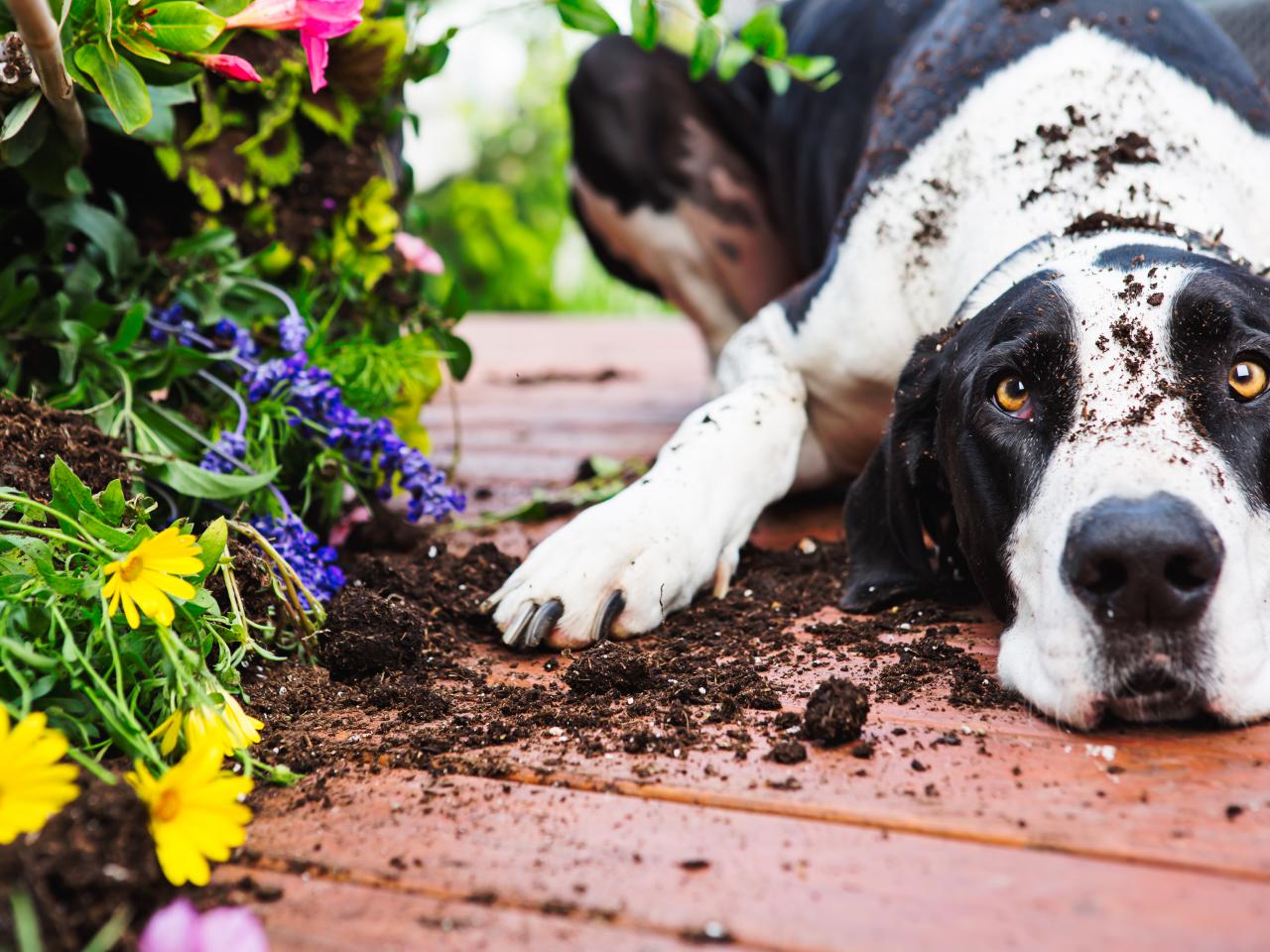
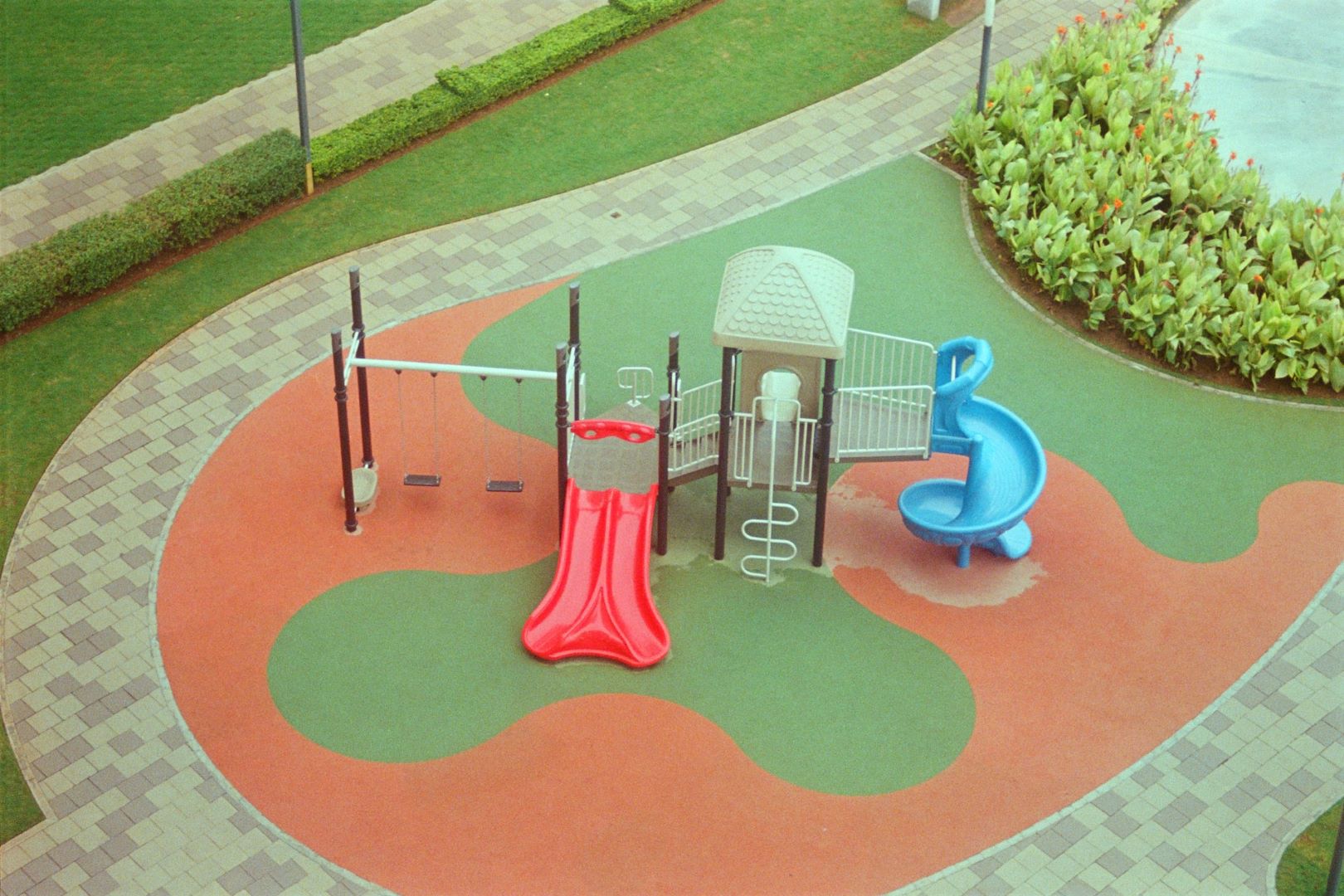
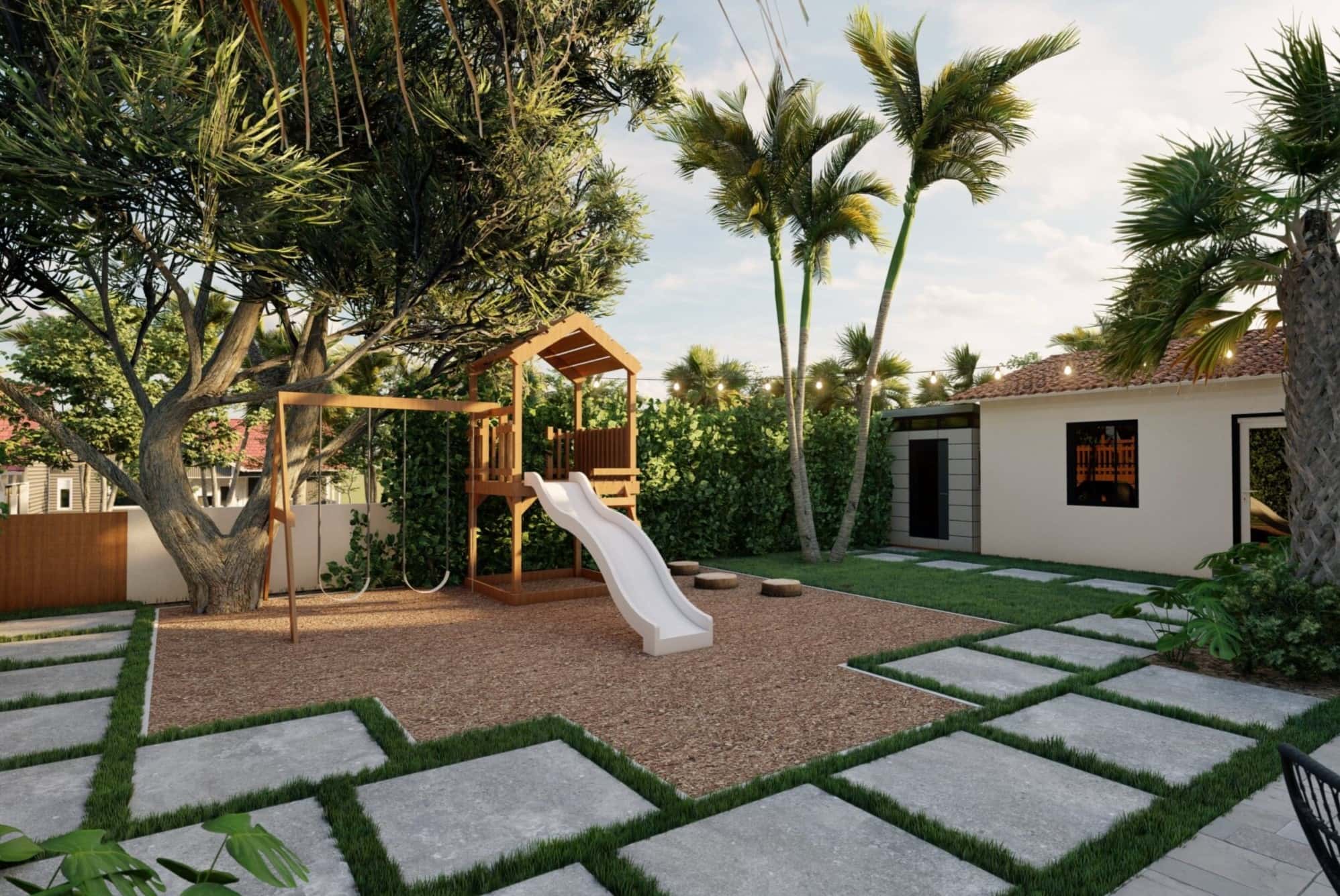
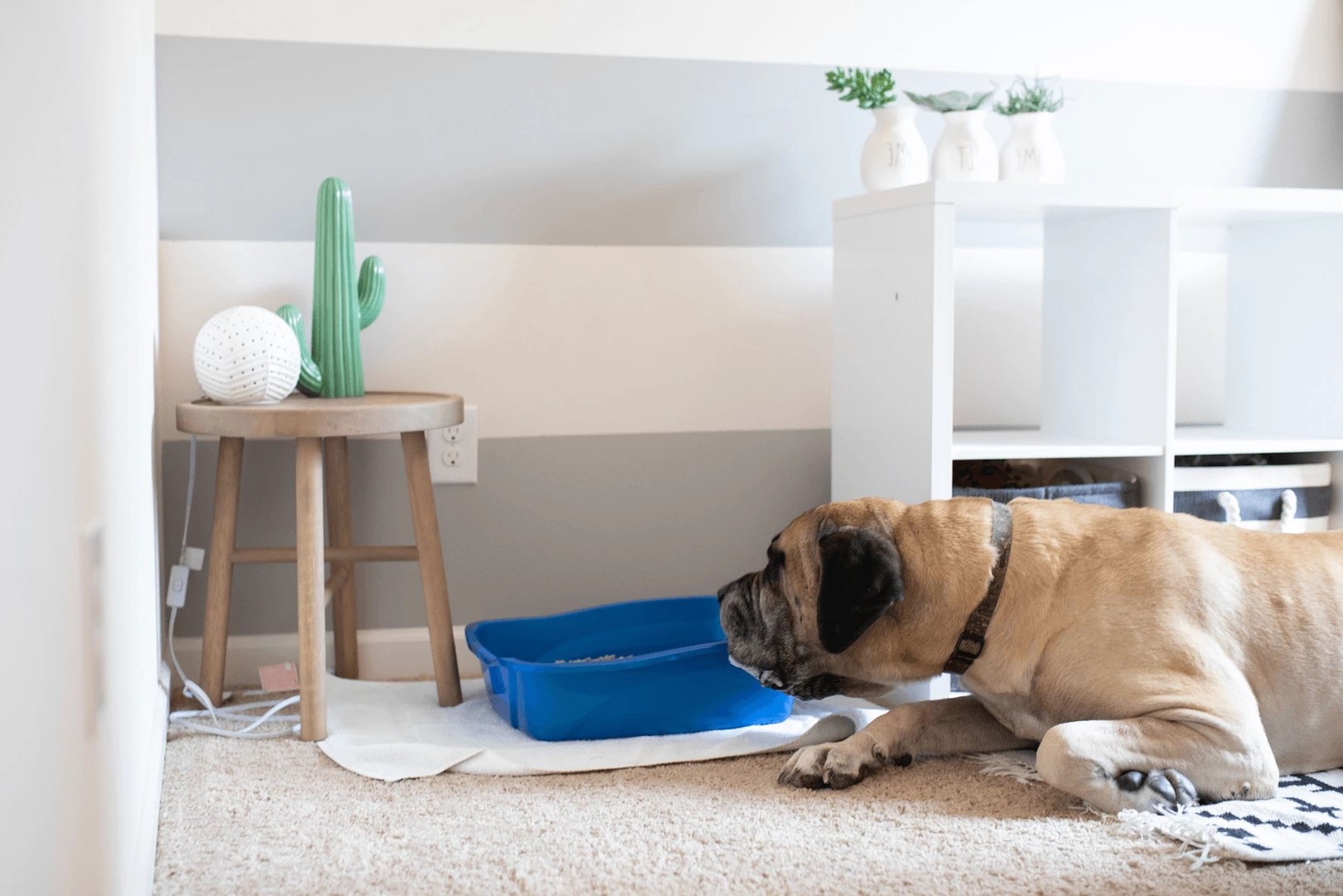
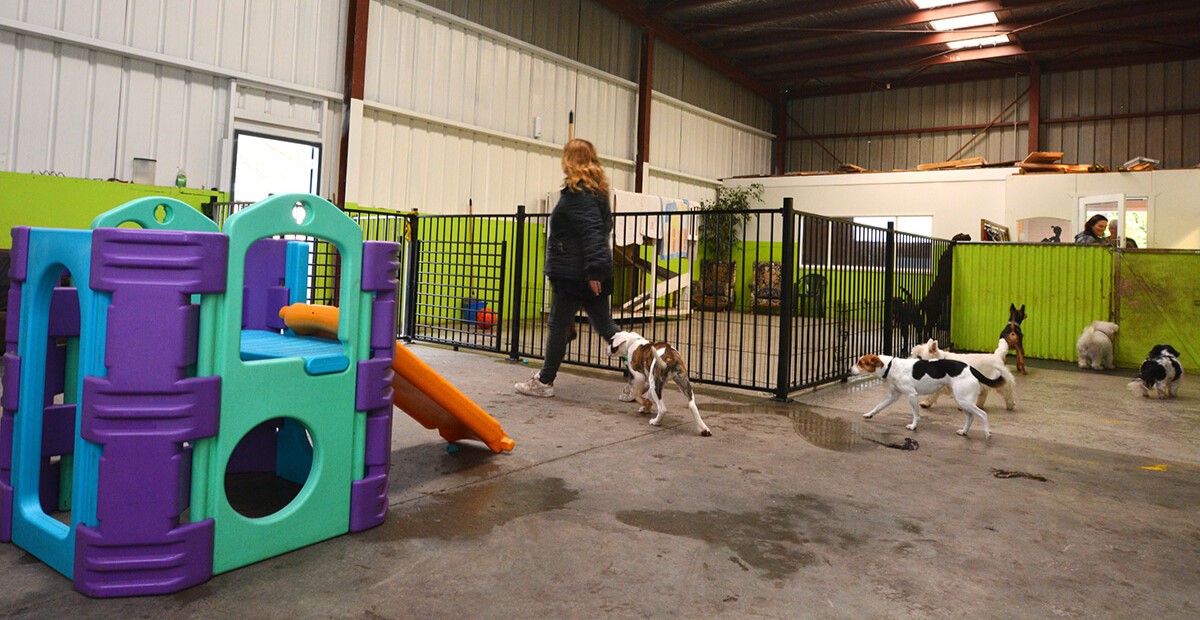
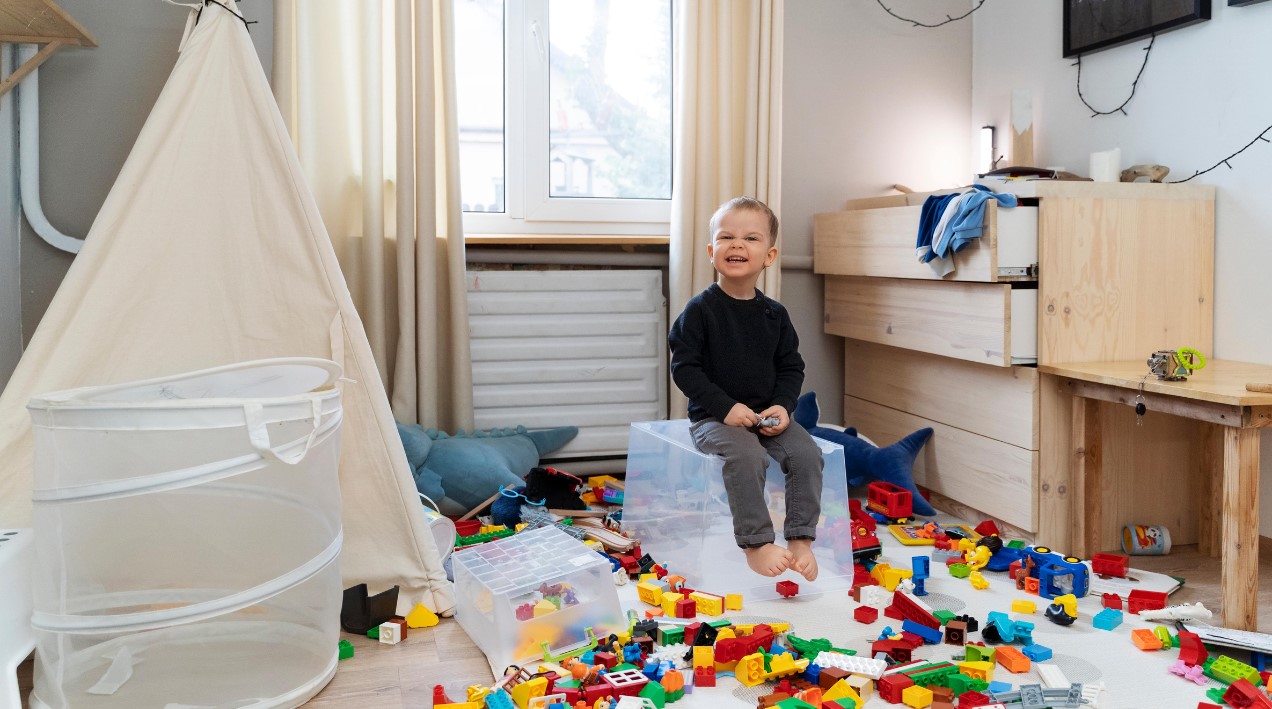

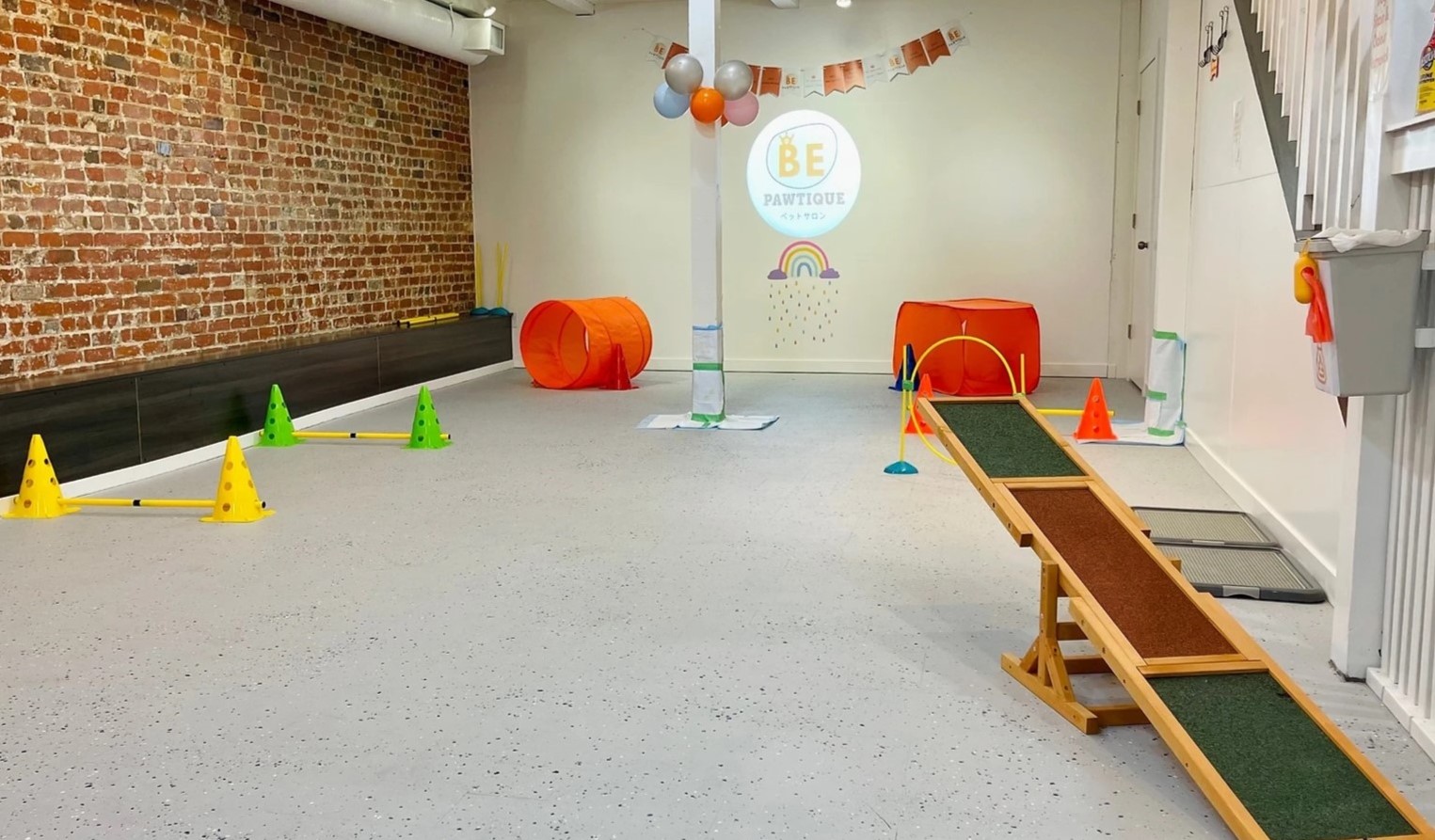
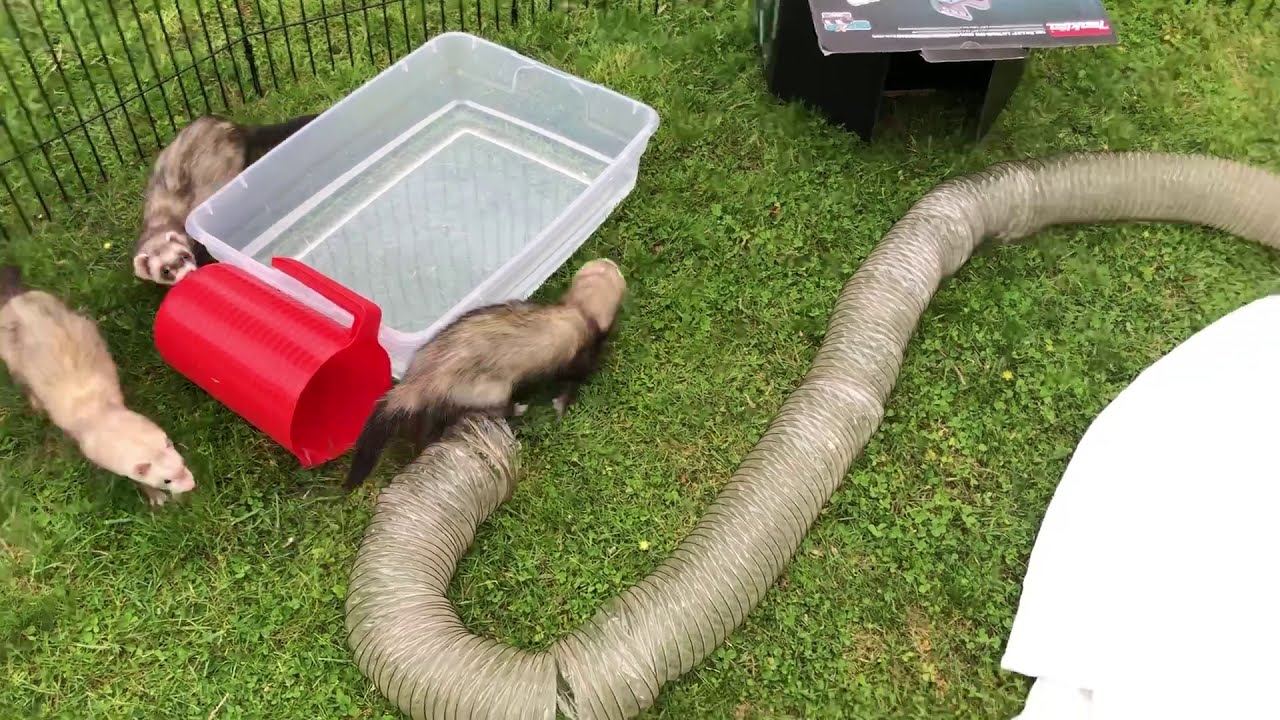

0 thoughts on “How To Keep Dogs Out Of Child’s Play Area”